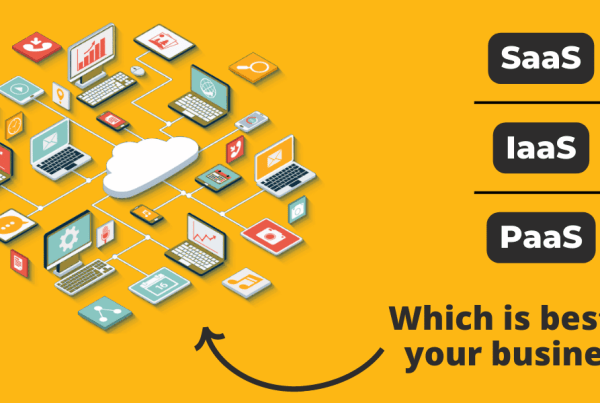Businesses are constantly seeking innovative ways to optimize their operations. One such solution is the Hybrid Cloud. This powerful architecture seamlessly blends the strengths of public cloud computing with the controlled environment of private or on-premise infrastructure.

What exactly is a Hybrid Cloud?
A Hybrid Cloud is a dynamic fusion of distinct infrastructural elements: a public cloud and either a private cloud or on-premise resources.
This combination empowers organizations to harness the advantages of both public and private cloud environments.
Visualizing Hybrid Cloud Architecture
The beauty of the Hybrid Cloud lies in its adaptability. It can take several forms:
- Hybrid Cloud On-Premises
Merging on-premise infrastructure with a public cloud. - Hybrid Cloud with a Public and Private Cloud
Combining the robustness of a public cloud with the control of a private cloud. - Multi-Cloud Integration
Unifying multiple public and private clouds with on-premise infrastructure.
Regardless of the chosen setup, all Hybrid Cloud architectures share fundamental characteristics:
Data Integration: Ensuring seamless synchronization of an organization’s data across public and private clouds is paramount. This process may require specialized technical solutions to maintain data consistency.
Network Connections: Private clouds, legacy infrastructure, and public clouds are intricately linked, either through the public Internet or via a private network. This connectivity is the lifeblood of any effective Hybrid Cloud deployment.
Unified Management: Ideally, Hybrid Cloud management is orchestrated through a comprehensive tool, negating the need to manage each cloud entity independently. This is crucial as varying clouds come with different APIs, SLAs, and unique features.
APIs (Application Programming Interfaces) serve as the bridge that allows applications to seamlessly integrate features or functionalities from one cloud service into another. An SLA (Service-Level Agreement) outlines the specific services guaranteed by a cloud vendor.
The Crucial Element: Connectivity
In the world of Hybrid Cloud, network connections are the linchpin. Without robust connections, an organization is merely operating multiple clouds in parallel, with no guarantee of data alignment.
Methods of Connectivity:
VPN (Virtual Private Network):
A VPN provides a secure, encrypted conduit over the Internet. With data encryption, communication over a VPN is as secure as an internal private network. This enables clouds and on-premises infrastructure to interconnect safely via the public Internet.
WAN (Wide Area Network):
Unlike a Local Area Network (LAN), which operates within a confined space, a WAN spans over greater distances. WAN connections offer heightened reliability compared to public Internet connections. It is advisable to use a VPN to encrypt WAN connections for added security.
API Integrations:
Vital for Hybrid Cloud functionality, APIs facilitate seamless connections between platforms, databases, and applications. These API calls traverse from one cloud to another as HTTP requests, and can be transmitted over the Internet, a VPN, or a WAN.
Conclusion
The Hybrid Cloud revolutionizes the way businesses leverage cloud infrastructure. Its adaptability, data integrity, and robust network connectivity make it a powerhouse solution for modern enterprises. By understanding and harnessing the potential of Hybrid Cloud architecture, businesses can embark on a journey of unprecedented efficiency and innovation.





